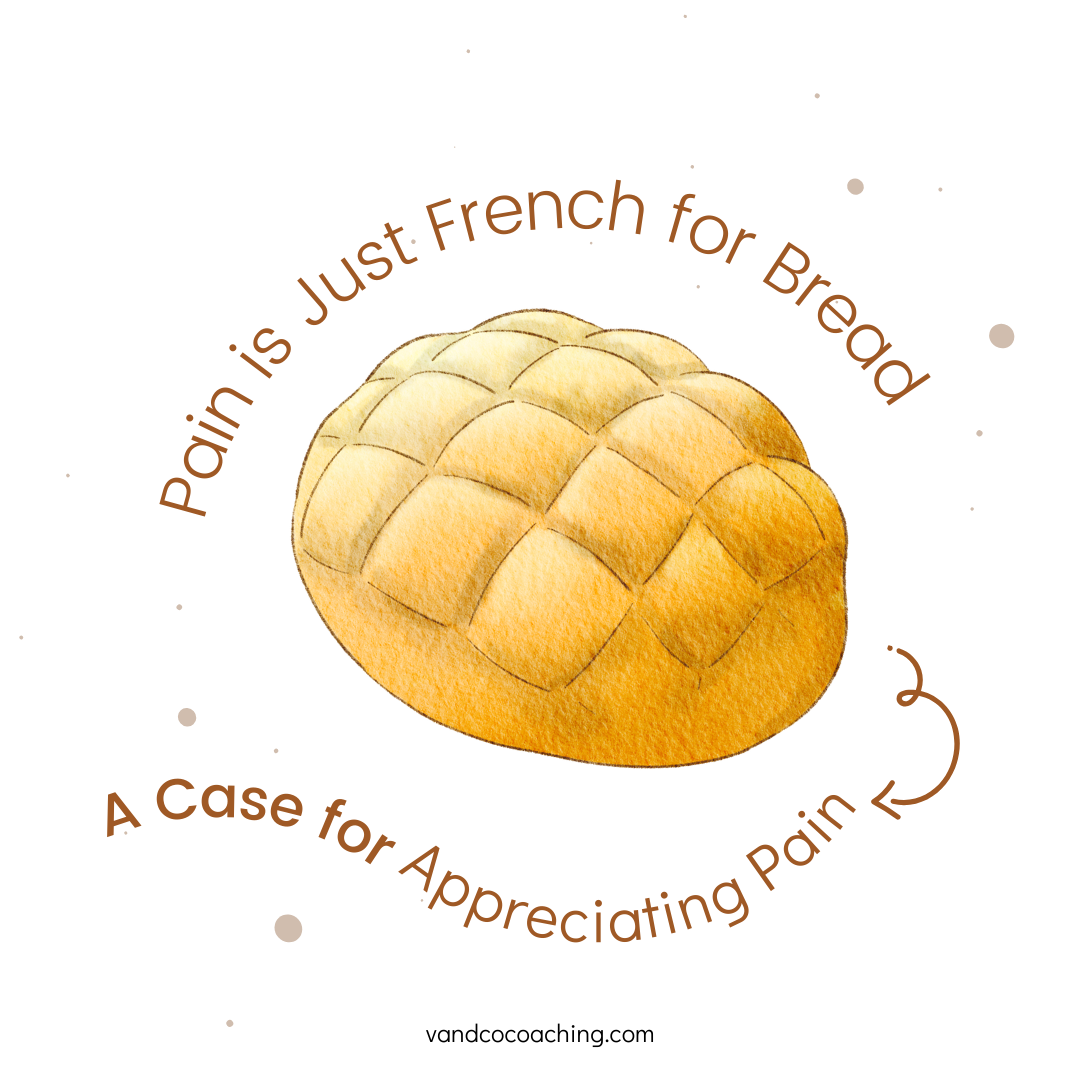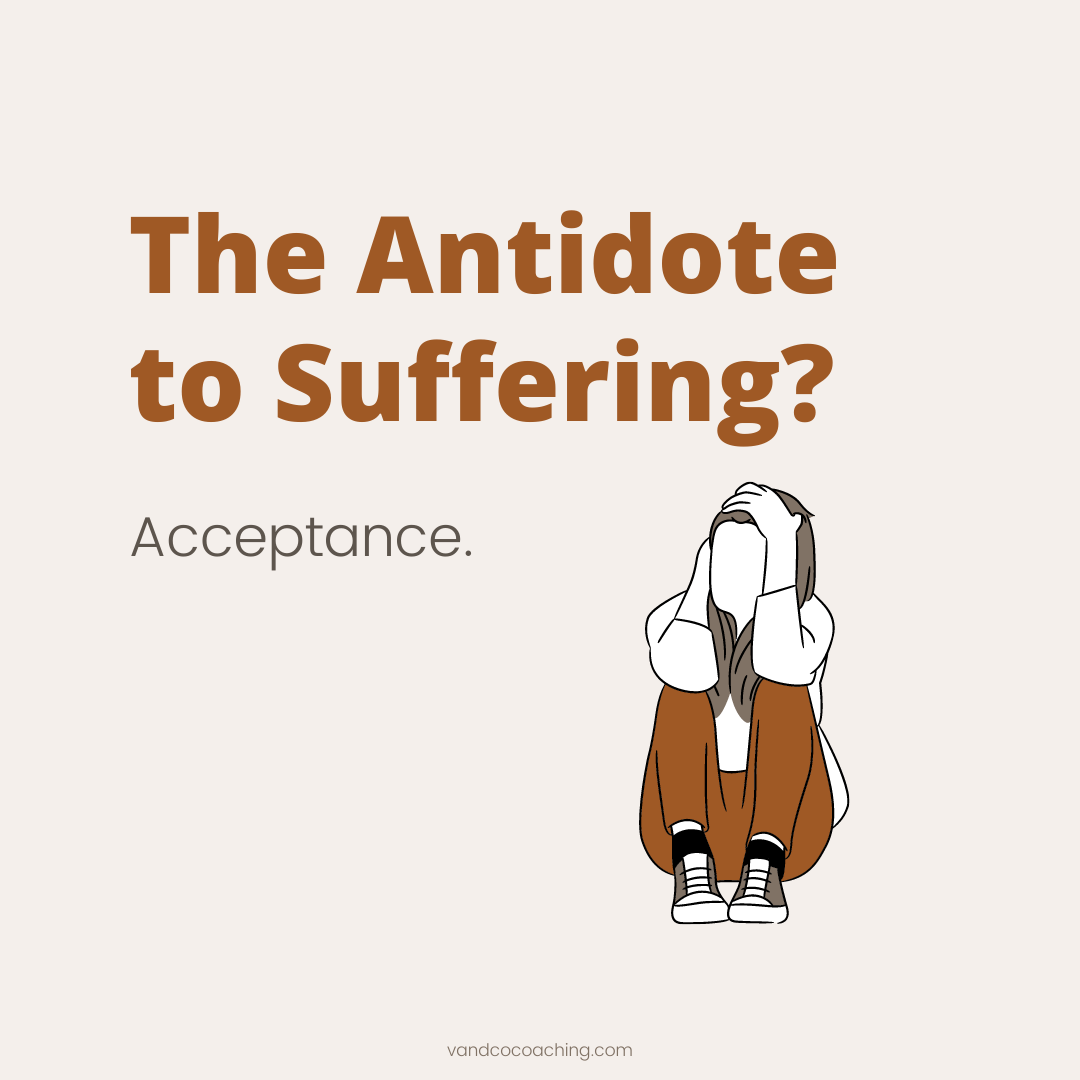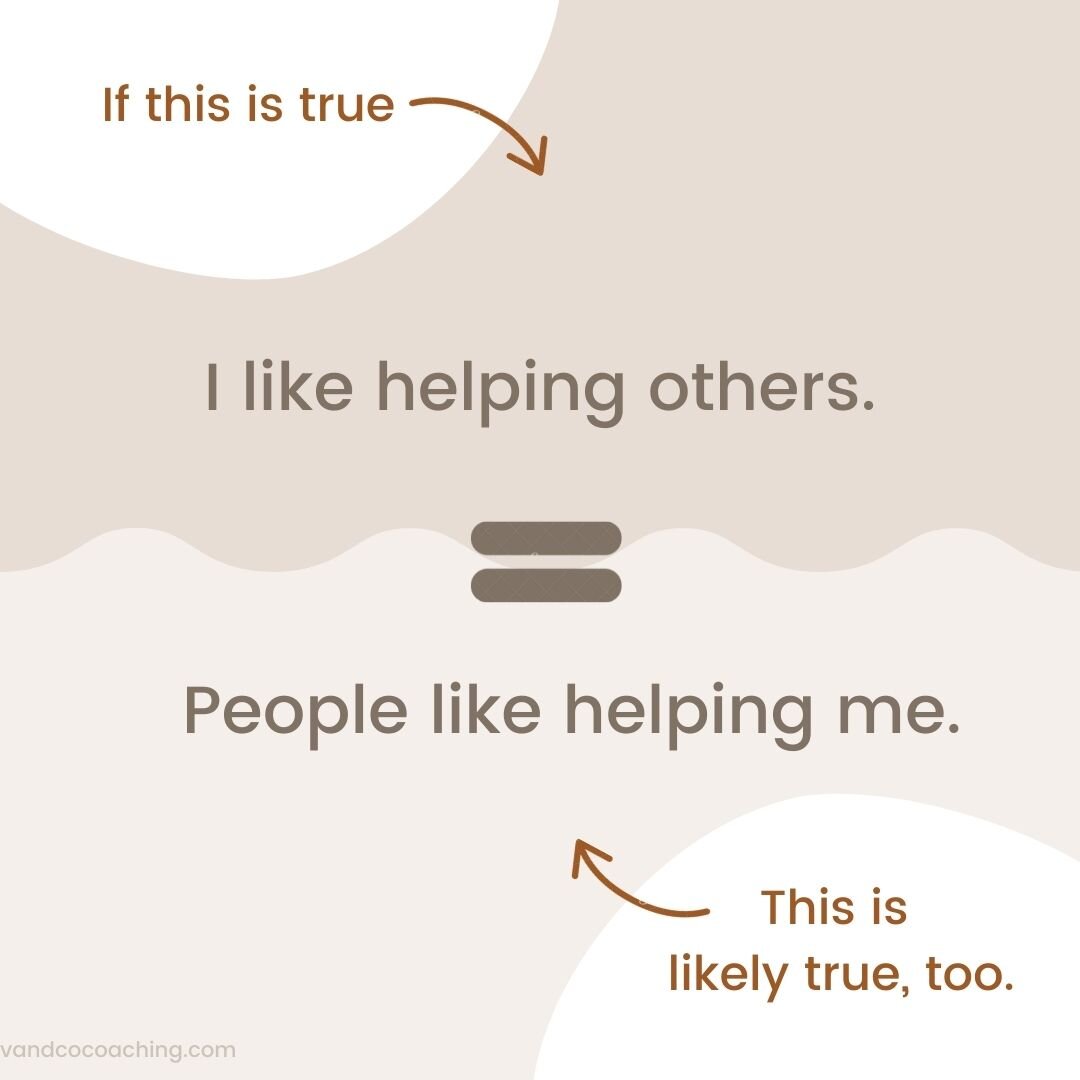Pain is Just French for Bread: A Case for Appreciating Pain
Today I am sharing about pain. As a word, “pain” is associated with hurt, agony, suffering, discomfort… and as I learned in 7th-grade French class with Mme Bessler, “pain” (ok, le pain, Mme B.,) is also French for bread.
So, what at first glance appears to be a fundamentally negative thing is actually multifaceted and complicated. Perspective, see how that works? Now, let’s get into pain – the good, the bad, and the absolute essentiality of it. And if you’re craving a yummy loaf of bread and can’t make it to Paris, maybe revisit the DIY no-knead bread phenomena of 2006 and lmk how it goes.
Lessons on Pain from the Medical Office of Grey’s Anatomy
In an effort to comfort myself from aspects of life out of my control, I returned to the early episodes of a show near and dear to my heart, Grey’s Anatomy. In season 3 episode 3, a young Abigail Breslin plays the role of Megan Clover, a foster child with mysterious bruises and injuries. She claims she is a superhero because she does not feel pain. In reality, she has a rare genetic disorder called Congenital Insensitivity to Pain and Anhydrosis (CIPA). It’s a dangerous condition where the brain lacks the proper connectivity to sense pain. This leaves cuts, bruises, and other ailments largely unnoticed in diagnosed individuals. Their injuries risk life-threatening escalation because they never sense the danger.
For young Megan, the danger and escalation materialized in the form of internal bleeding and emergency surgery to save her life. So in a bizarre way, after finishing this episode I found comfort in my ability to sense pain. I appreciate the warnings of the physical kind of pain that creep up in the side of my butt when I run too many days in a row and need a break. Or, the emotional pain, which lets me know I need to take a break from the stressors of life by lying on my bed with some fried rice and episodes of a favorite old show.
The Concept: Pain is Your Body’s Cry for Help
Pain warns your body that something is out of whack. It alerts the body of an unwanted change or disruption to your health. Often we try to avoid feelings of pain, or sometimes ignore them in hopes that they will go away. But, what if we appreciated pain? Below I explore physical and emotional pain as a lifeline in self-discovery and an essential tool in personal growth.
Breaking Down Pain: Emotional and Physical
Physical Pain - We’re all familiar with physical pain. It surfaces when your body undergoes physiological distress. You often notice the signs and describe them as throbbing, stinging, aching, tenderness, etc. You know ignoring these symptoms may lead to additional aches, incapacitate your mobility or generally make life difficult and uncomfortable. So you run to the drug store for a prescription to cure yourself or re-up your Vitamin C. When you can’t find the solution, you reach out to professionals. You do what you can to repair your body, to stop the pain, to retain your health.
Emotional Pain - Emotional pain, on the other hand, is often less attended to. Emotional pain arises spontaneously, unbidden, triggered by a reaction to an event, memory, or future worry. Emotional pain manifests when our universal human needs are not met.
We’re often acculturated to suppress rather than express, leaving our emotions and the nuances of their triggers and unmet needs undiagnosed and unaddressed. However, if you pay attention, you can understand it and learn from it. In fact, you often cannot learn without it.
An Essential Step: Paying Attention to the Whispers of Pain
In a recent coaching session, one of my clients, a mid-career public relations associate, expressed feelings of anxiety at work. When we dug deeper into the root of her anxiety, she started to speak on a number of incidents impacting her work environment. For one, her manager micromanaged her work and often criticized menial mistakes. She also noted how this impeded opportunities for growth within her role and the company. This left her feeling uncertain about her career trajectory and generally anxious about work.
In our session, we began to unpack her needs. She lacked trust, support, inclusion and understanding. In an attempt to meet these needs, she worked longer hours to perfect everything before sending and worked through lunch to make sure she never missed Slack messages. Despite these efforts, her manager’s behavior continued. In our coaching session, we discussed how the lack of trust, support, inclusion, and understanding were initial signs of emotional pain. The overcompensation to get her needs met was then impacting her well-being as she spiraled further into overdoing, not sleeping well, and snapping at her partner. In our sessions, we identified her declining well-being as a critical point. She needed to move on from this manager and this role.
The Critical Pain Point & Resolution
Pain often reaches a critical point before you take action. You ignore the signs until you can’t ignore them anymore. A wise woman once said,
“Difficulties come when you don't pay attention to life's whisper. Life always whispers to you first, but if you ignore the whisper, sooner or later you'll get a scream.”
Thanks for the words of wisdom, Oprah.
The real danger comes when you ignore the pain, when you remain oblivious to the small signs as it overwhelms your system. I invite you to recognize the whispers of pain and address your needs to avoid reaching a critical point.
You also learn from pain. The resolution comes by learning new strategies to get our needs met. My client learned how to ask about management styles in her next interviews, using the opportunity to assess potential teams for fit and growth. As they say, people do not leave bad jobs, they leave bad managers. After undergoing the emotional pain of a strained work relationship, she learned how to look for a beneficial one.
What to Do: Grow Your Awareness of Emotional Pain
You can’t live with pain, you can’t live without it, so where do you go from here? Awareness.
You know the signs of physical pain, unless you are the 1 in 125 million people with CIPA, however, understanding emotional pain generally requires increased self-awareness. Here are some ways to do so:
Try a self-monitoring practice. This is a practice of noticing and tracking emotions, thoughts, and/or behaviors in a cadenced way. You can do this ad-hoc in a journal, use a log, or try a CBT app with a tracking feature.
Name It to Tame It by selecting from a list of emotions.
Keep a career/work journal. Outline your career goals on paper, record your progress and mood at work, and align those goals with practice. This will help you stay aware of your emotional needs in your career.
Stay aware of universal human needs and when experiencing pain try to pinpoint your unmet needs, building awareness of what you might be able to accept, change, or leave to get your needs met.
Engage in a mindfulness practice. A mindfulness practice is like a daily workout for self-connection. Apps such as Headspace, The Mindfulness App, Calm, and others offer daily meditation exercises.
Experimenting with practices like these will help keep you in tune with your emotional state to understand the whispers of pain before they escalate into critical points.
In Sum: Can We Have Some Pain for the Table Please?
At the end of the Grey’s Anatomy episode, Dr. Miranda Bailey is operating on Megan Clover and she says, “Everybody wants a life without pain, and what does it get you?” And as they stuff more gauze into the body of Megan she says, “She needs to be on a poster somewhere to remind people pain’s there for a reason.”
Our lives are at risk without pain. It’s our brain’s signal to take action. It’s our body’s call to get help. I encourage you to listen to the whispers of pain and stay aware of those feelings as you navigate your work in life. Notice when the activities in your life bring you meaning, peace, connection, physical well-being, play, and autonomy. Understand your body’s threshold for pain when any of these needs are disrupted, and pinpoint actions to address your unmet needs.
Also know that the process of addressing and learning from pain is a long-term life journey. You get to know yourself better each and every day. Recognizing your needs is one hurdle in life, then prioritizing and addressing those needs is a separate and equally difficult task. Give yourself grace and know that your emotions and pain matter.
So I leave it with the words of the poet Amanda Forman,
“We ignite not in the light, but in lack thereof, For it is in loss that we truly learn to love...So ensure that this ache wasn’t endured in vain: Do not ignore the pain. Give it purpose. Use it.”















